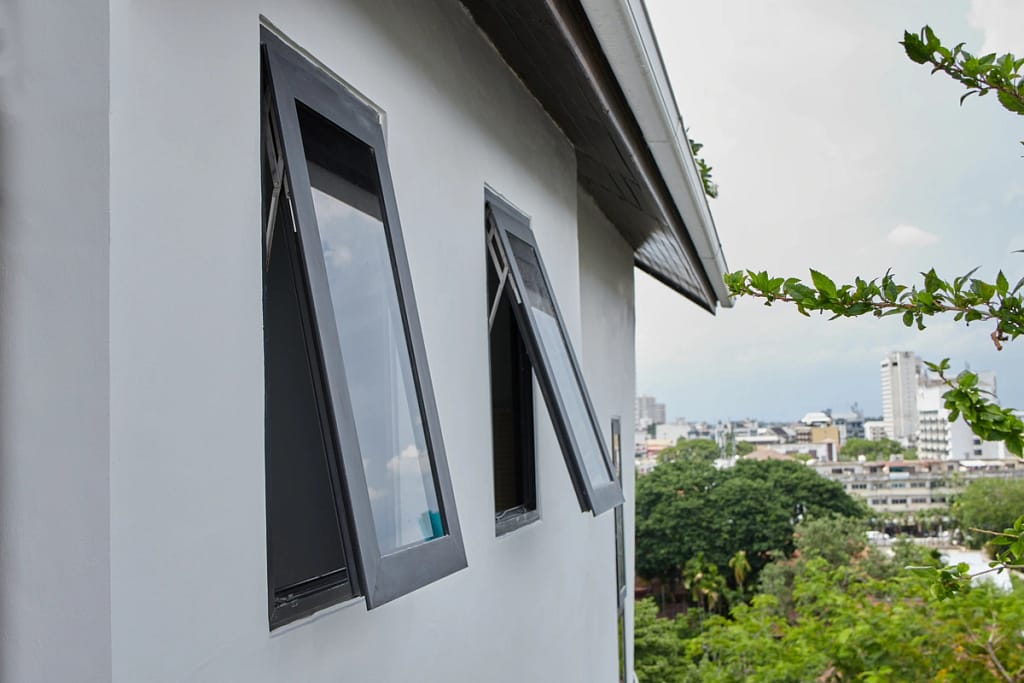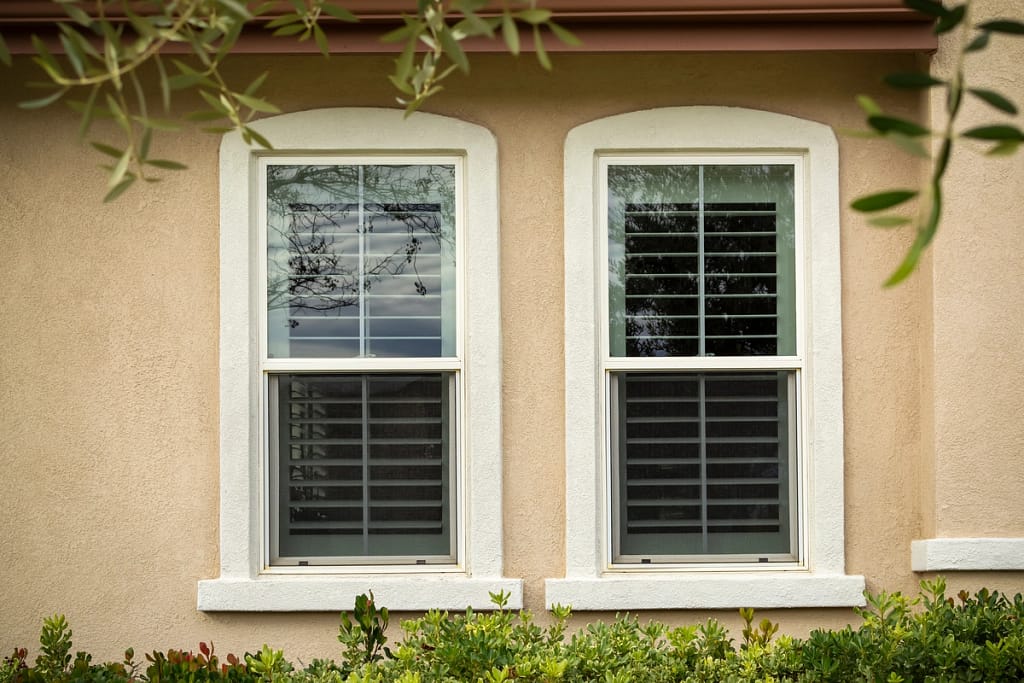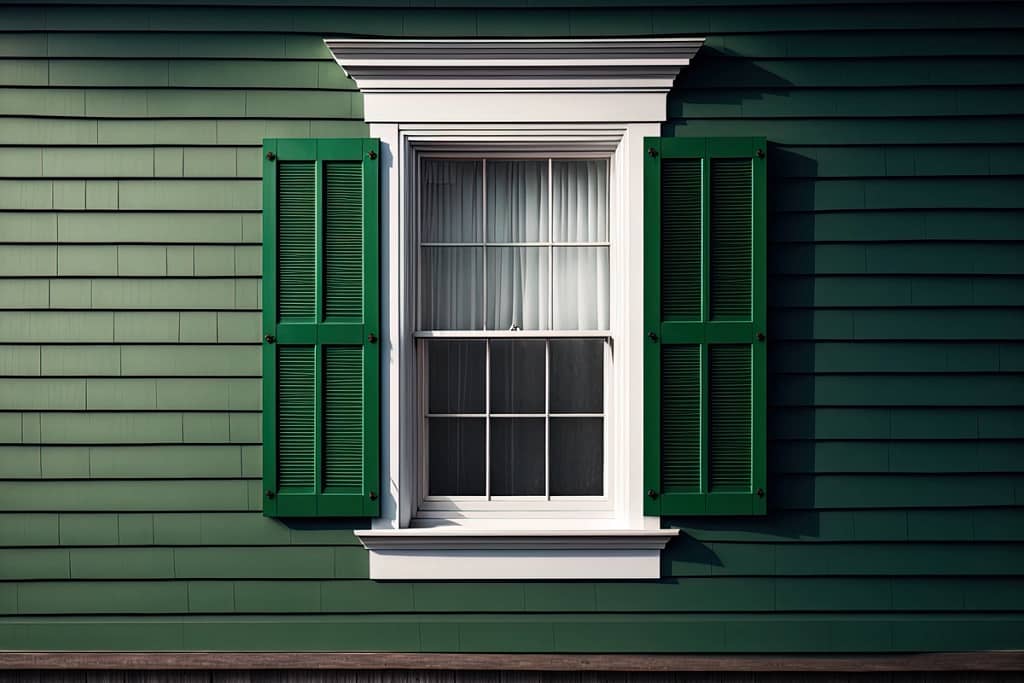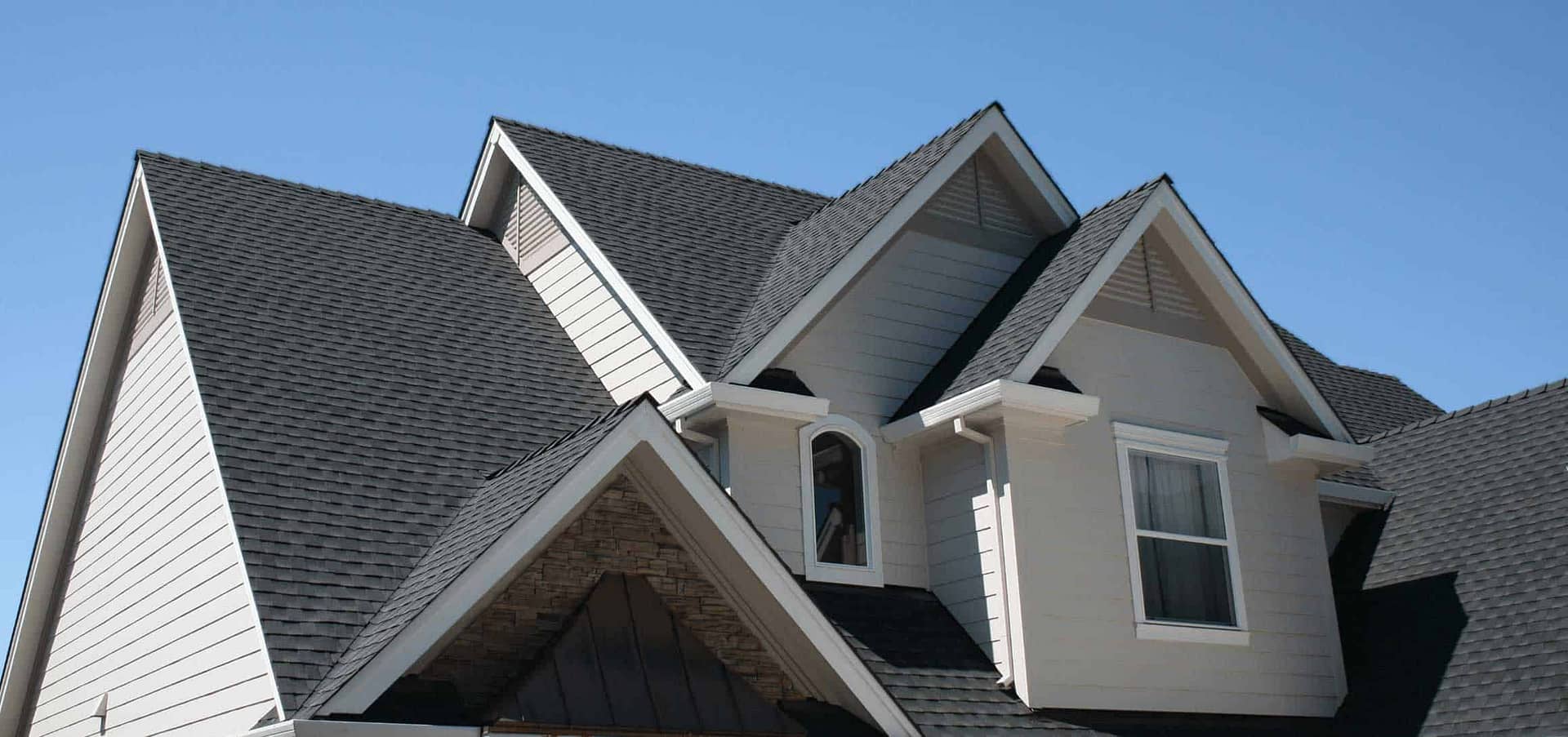What Are the Standard Window Sizes for Homes?
When you’re thinking about having new windows installed, one of the first things you need to consider its size. While some homeowners may think that custom windows are the way to go as they’re tailored to fit any window frame, standard window sizes make the entire process much easier.
This is because they come in a specific set of dimensions to fit virtually all modern homes — which also makes them the less expensive option. The key is knowing what the standard window sizes for homes are so you can make more informed and quicker decisions.
Keep reading to learn more about the standard window sizes for the following window styles:
- Awning
- Casement
- Double-Hung
- Single-Hung
- Picture
- Sliding

What Size Windows Do You Need?
Ultimately, the size of your new windows will depend on the type of window you’ll be installing and the dimensions associated with those openings. You can measure the windows yourself to find the size you’ll need, or you can have a professional window contractor come and do it for you.
It should be noted that the professionals use common size notations that make ordering easier. The size notation itself is the window’s width and height combined, taking two measurements per dimension.
For example, a 2426 window is the notation for dimensions that look like this: 2’4” W x 2’6” L. Of course, the actual measurements of the window typically run half an inch less than what the notations denote. So, while taking your own window measurements isn’t too difficult if you’ve never done it before, you may want to leave it up to the pros to ensure the installation process runs smoothly.
6 Common Types of Windows and Their Standard Sizes
1) Awning Windows
Awning windows are designed with hinges at the top so they can open outward and upward. You’ll typically find awning windows in bathrooms and in kitchens above the hard-to-reach areas like sinks, countertops, and cabinets.
Awning windows come in four standard sizes:
- 2’5” wide by 1’8” in length, or 2518
- 2’9” wide by 1’7” in length, or 2917
- 3’7” wide by 7’8” in length, or 3778
- 4’ wide by 1’ in length, or 4010
2) Casement Windows

Casement windows are also designed with a hinge; only the hinge is on either the side of the window to allow it to open left or right — like a door. These windows are there for ventilation and natural light purposes, so you’ll find them in kitchens, bathrooms, and basements.
Casement window dimensions typically begin at 17 inches in width and range up to 41 inches. The common starting lengths range from 16 inches to 33 inches. The following are the most common standard dimensions you’ll find for these types of windows:
- 1’7” wide by 1’4” in length, or 1714
- 1’7” wide by 2’5” in length, or 1725
- 2’3” wide by 2’3” in length, or 2323
- 2’9” wide by 2’9” in length, or 2929
- 3’5” wide by 2’5” in length, or 3525
3) Double-Hung Windows
Double-hung windows are among the most common types of windows found in homes. They’re designed with two sashes, which can both move up or down to open. These windows also fit every style of home out there, and they work best for common areas like the living room or den as well as bedrooms — or any room that can benefit from windows that can open.
One area where double-hung windows stand apart is their dimensions, as they’re typically taller than they are wide. Their widths mostly range from 24 inches to 48 inches, and their lengths range from 36 inches to 72 inches.
The standard dimensions of double-hung windows include:
- 2’ wide by 3’ in length, or 2030
- 2’ wide by 4’4” in length, or 2044
- 2’8” wide by 4’ in length, or 2840
- 2’8” wide by 5’2” in length, or 2852
- 4’ wide by 6’ in length, or 4060
4) Single-Hung Windows
Single-hung windows are also very common, and they function similarly to their double-hung counterparts. However, single-hung windows only come with one moveable sash and one fixed sash, which means they can only open from one side.
You can opt for single-hung windows in essentially all the same places as your standard-size double-hung windows, as they come in the following dimensions:
- 2’ wide by 3’ in length, or 2030
- 2’ wide by 4’4” in length, or 2044
- 2’8” wide by 5’2” in length, or 2852
- 4’ wide by 6’ in length, or 4060

5) Picture or Fixed Windows
A picture window, also referred to as a fixed window, is designed to remain in place without any sashes or hardware for opening. These types of windows are typically placed throughout the home as “picture windows,” meaning they’re meant for aesthetic purposes — not ventilation. So, anywhere you’d want natural light to shine through and showcase your outdoor views is a good place to have them installed.
Picture windows come in narrow sizes and wide sizes, ranging in dimensions of 24 inches to 96 inches in width and lengths from 12 inches to 96 inches. The standard dimensions for fixed windows are as follows:
- 3’ wide by 2’ in length, or 3020
- 5’ wide by 3’ in length, or 5030
- 6’ wide by 4’ in length, or 6040
- 4’ wide by 5’ in length, or 4050
- 8’ wide by 5’2” in length, or 8052
6) Sliding Windows
Sliding windows slide open (as implied by their name) horizontally as opposed to vertically. They pair well with essentially all rooms in the home, including bathrooms and basements, as they function for both ventilation and to allow natural light through.
Sliding windows are also wider than they are tall, with dimensions ranging from 36 inches to 84 inches in width and 24 inches to 60 inches in height. You’ll find them in these common dimensions:
- 3’ wide by 2’ in length, or 3020
- 3’ wide by 3’ in length, or 3030
- 5’ wide by 3’ in length, or 5030
- 6’ wide by 4’ in length, or 6040
Ready for New Windows?

As you can see, standard window sizes are pretty straightforward. When it’s time to replace your windows, all you really need is the right contractor.
When it comes to windows, Arch Exteriors has you covered. Get in touch with us today to learn more about our window replacement services and schedule a free inspection!



